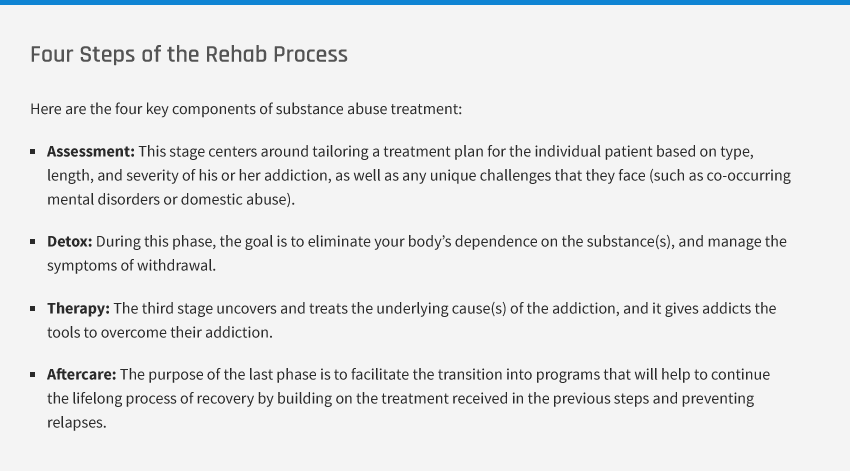The first step in the amphetamine recovery process is an initial detoxification period, which involves clearing amphetamines from the user’s body. Amphetamines have a half-life ranging from nine to 13 hours, which means about half of the substance will be cleared from the user’s body within this time frame. The initial detoxification phase typically takes two to three days, but it can take up to a week for some users.
Post-acute withdrawal symptoms are any physical or psychological symptoms that last for more than two weeks. Depending on how long the individual has been using amphetamines, as well as the individual’s health history, post-acute symptoms may last anywhere from two weeks up to a year. How long it takes to complete the withdrawal process depends on the individual’s history of substance use. For example, someone who has used amphetamines for five years is likely to experience withdrawal symptoms for a longer period of time than someone who has only been using amphetamines for six months.
Withdrawal Symptoms
Amphetamine withdrawal can increase an individual's risk of serious accidents
Insomnia, sleep disturbances, and extreme fatigue are among the many withdrawal symptoms that can occur when an individual stops taking amphetamines. Individuals who experience these symptoms have an increased risk of traffic accidents, falls, and other incidents that can cause serious injuries. For example, a user struggling with extreme fatigue could fall asleep while driving a vehicle.
An individual may experience dangerous psychological symptoms when withdrawing from amphetamines
Once an individual’s “high” wears off, fatigue may set in quickly. Some users experience severe mood swings, depression, and other psychological symptoms during the withdrawal process. These symptoms can cause some users to have suicidal thoughts.
Amphetamine withdrawal may be dangerous for users with heart conditions
During the initial detoxification process, amphetamine users may experience elevated heart rates and blood pressure readings. In one study, participants’ heart rates averaged 80 beats per minute in the first week of the initial detoxification period. Although the average heart rate declined over a period of several weeks, any sudden change in heart rate or blood pressure could have dangerous consequences for users who already have heart disease, high blood pressure, and other heart problems.
Amphetamine Detoxification Medications
No medications have been approved specifically for the treatment of amphetamine addiction; however, supportive medications may be used to relieve withdrawal symptoms and make the withdrawal process more tolerable for users. One study showed that mirtazapine, an antidepressant, may be effective for treating some of the psychological symptoms of amphetamine withdrawal. Antipsychotics and benzodiazepines may also be used to reduce anxiety and treat other psychological symptoms. Users who experience headaches may benefit from aspirin or acetaminophen.
For more information about withdrawal, read our guide on amphetamine addiction.


